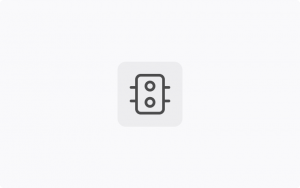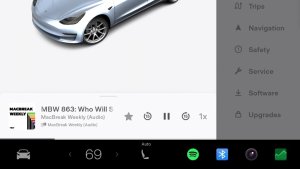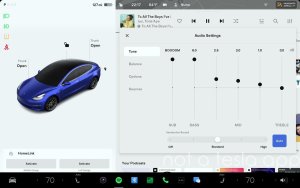How to Run Tesla Battery Health Test & Check Degradation
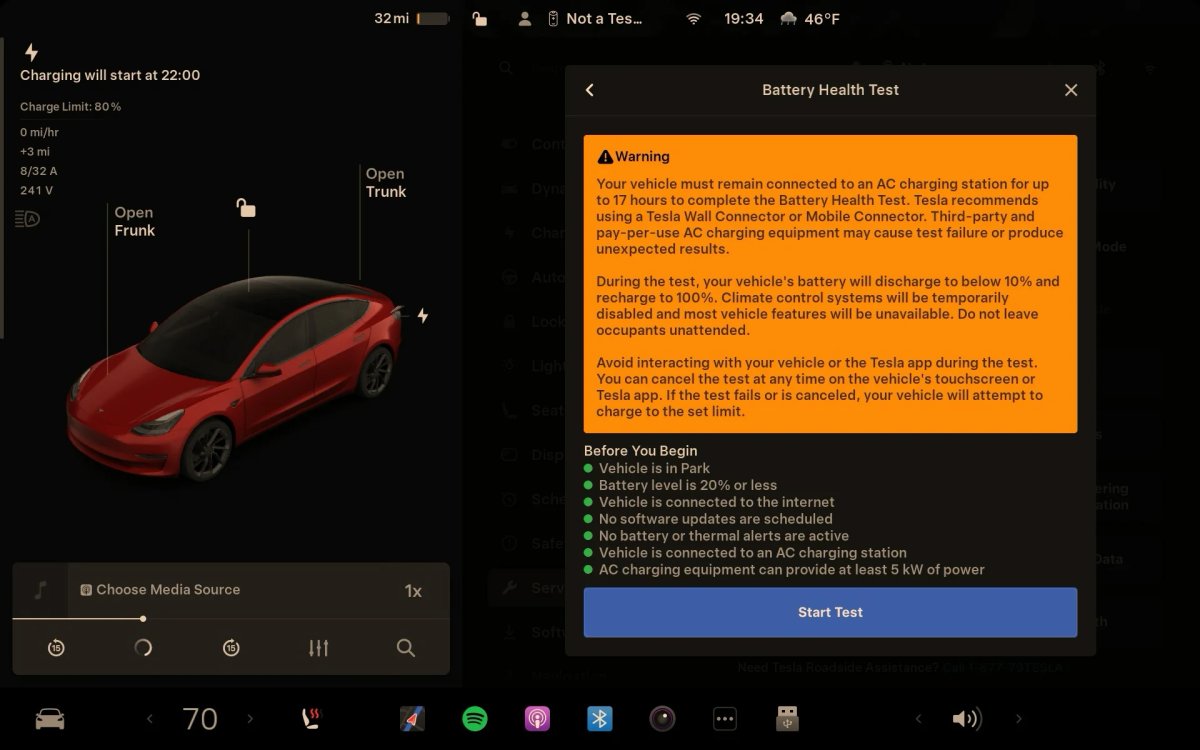
Tesla offers owners an easy-to-use battery health tool, which allows users to view the degradation of their vehicle’s battery and improve the range estimate.
Battery Health
Like all batteries, electric vehicle batteries naturally degrade over time as a result of the chemical reactions that occur during charging and discharging cycles. Other factors also play a role, but the number of charge cycles and how long the battery stays at low or high states of charge play one of the biggest roles.
Your battery’s health refers to how much of its original energy capacity remains. For example, a battery at 85% health has lost about 15% of its capacity, meaning your vehicle will deliver roughly 85% of the range it had when new.
Battery Degradation
Battery degradation is worst in the first few months of ownership, and you will see the steepest degradation (1-3%) as your vehicle settles in. Part of this initial decline is due to the Battery Management System (BMS), which recalibrates to provide a more conservative and accurate estimate of your vehicle’s range and charging capacity.
According to Tesla, vehicle batteries generally degrade at a rate of about 15% per 200,000 miles, with the first year of ownership accounting for approximately 5% of this degradation. Battery degradation is less of an issue in modern EVs than many people think, because the BMS systems have become much more accurate and intelligent.
You can read more about the factors that impact the longevity of a Tesla battery.
Tesla’s Battery Warranty
Tesla offers a long warranty on its vehicles, covering both the battery and the drive units. These warranties cover up to 70% pack retention, meaning that if your battery health degrades below the 70% mark while under warranty, Tesla will replace your battery pack.
Tesla provides a drive train and battery warranty on its vehicles, which is longer than the standard vehicle warranty. This warranty guarantees the battery will have at least 70% of its original capacity within the given time period. If your battery health drops below that threshold during the coverage period, Tesla will replace the battery pack.
The warranty varies slightly based on your Tesla model and configuration, which is outlined below:
Vehicle | Warranty |
|---|---|
Model S, Model X, Cybertruck | 8 Years / 150,000 mi (240,000km) |
Model 3 / Model Y RWD | 8 Years / 100,000 mi (160,000km) |
All Other Model 3 / Model Y | 8 Years / 120,000 mi (192,000km) |
How to Test Battery Health
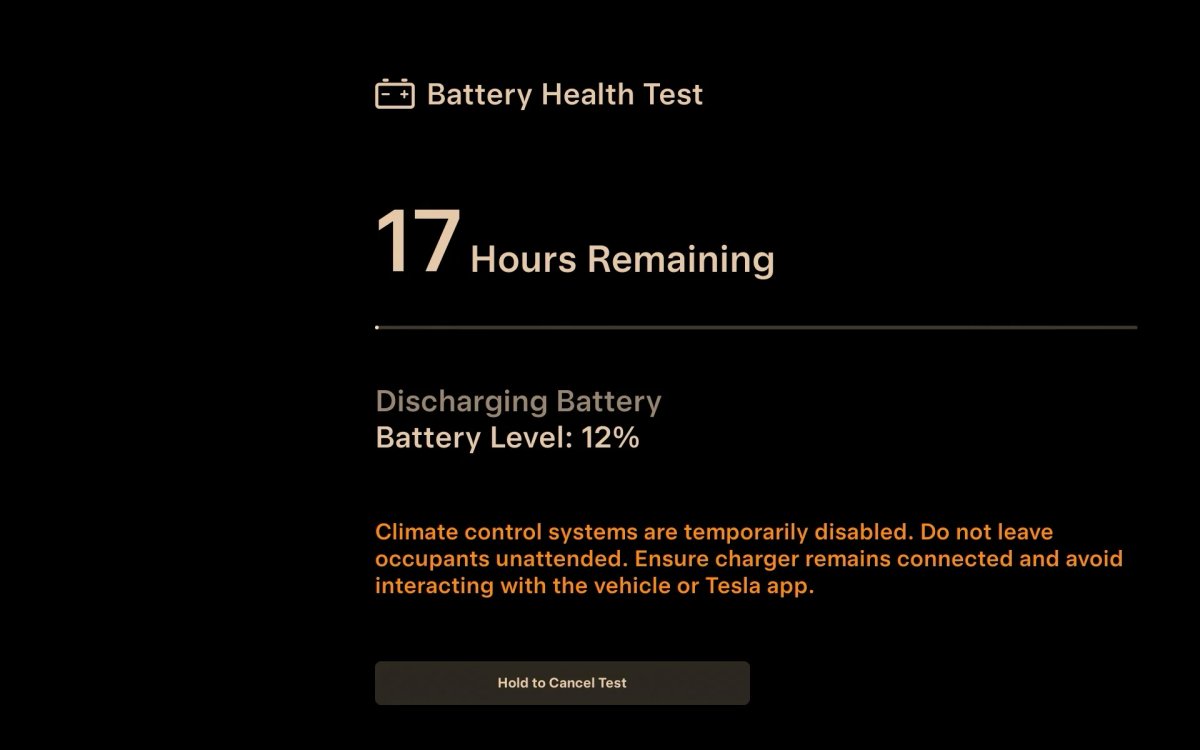
While you can usually get a fairly accurate estimate of your Tesla’s battery health by calculating the amount of miles the vehicle could travel when charged to 100% and comparing that to the vehicle’s original range, Tesla has also added a tool to give you a better estimate.
Tesla has a user-friendly method of testing your vehicle’s battery health. The tool is practically identical to the one available through Service Mode, and the test and results are the same.
In order to test your vehicle’s battery health, you can navigate to Controls > Service, and then scroll down and select Battery Health. Upon tapping the button, the vehicle will display requirements for the battery test and the date and health of your last battery test.
Battery Health Test Requirements / How Long It Takes
Your vehicle will need to plugged in to a Wall Connector or Mobile Connector for up to 18 hours to run the battery test. The charger will need to be able to provide at least 5 kW of power, which is roughly about 20 amps at 240v.
The total amount of time the test will take will vary based on your vehicle’s battery size, your charging speed and the current battery level. If you’re unable to finish a battery health test and need the vehicle before it has completed, you can stop the test at any time.
Your vehicle will also need to be at a 20% or less state of charge, so you’ll need to plan accordingly.
The other requirements should be straight forwar and are listed here:
Vehicle is in Park
Battery level is at 20% or less
Vehicle is connected to the Internet
No software updates are scheduled
No battery or thermal alerts are active
Vehicle is connected to an AC charging station
AC charging equipment can provide at least 5 kW of power
Running the Battery Test
During the battery test, your vehicle will discharge and charge your battery to calibrate the BMS. Therefore, the lower the state of charge, the quicker the test will run and less energy will be wasted.
Your vehicle will run the motors and heat pump or heater to help discharge energy until the batteries are nearly empty, and then begin charging.
During the test, you may hear your vehicle’s fan run at maximum speed and become very loud, especially in an enclosed garage while the vehicle is discharging. This is normal and your vehicle is just using up energy.
Battery Test Results
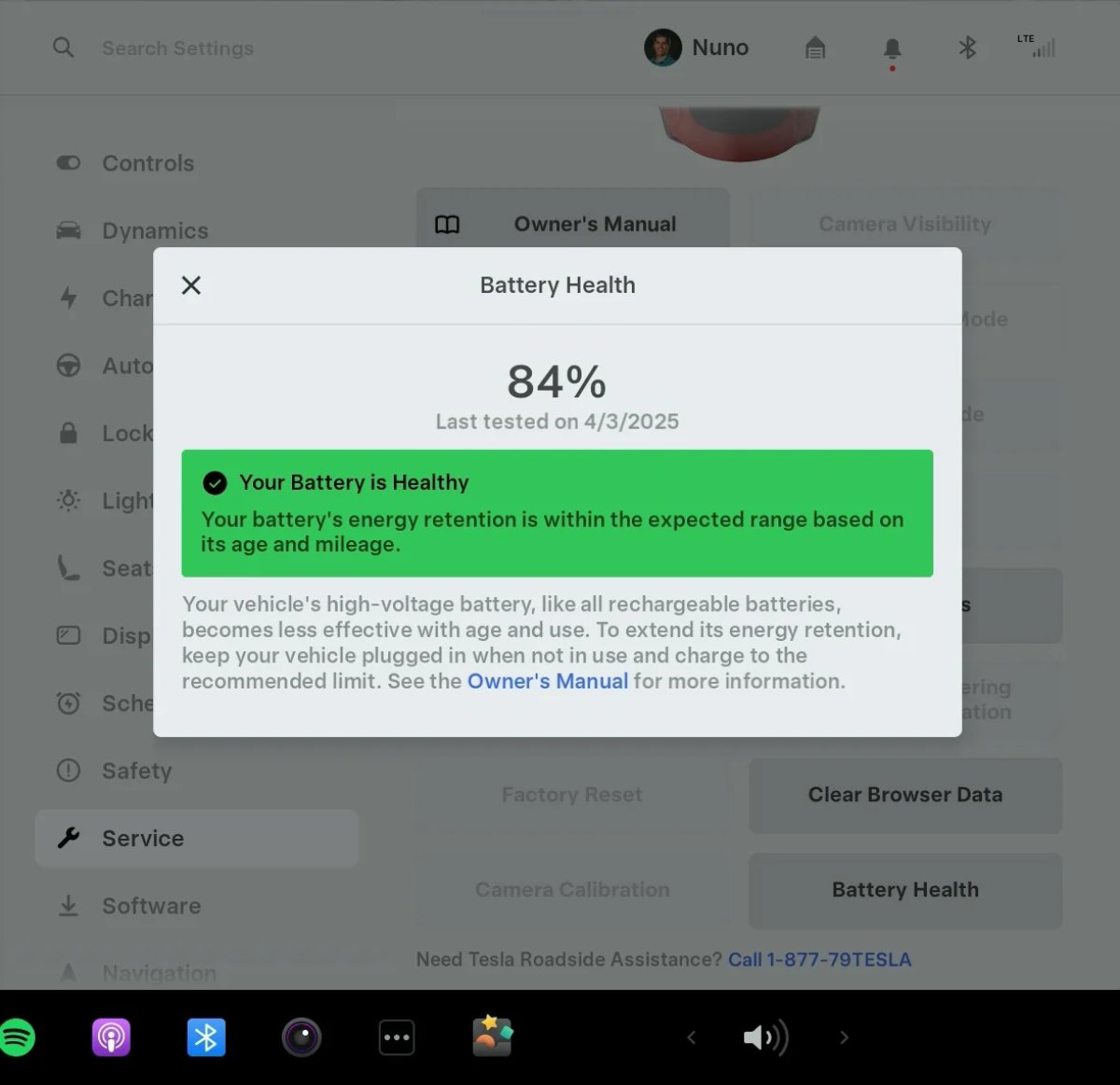
Once the battery test has completed, you’ll receive a notification in the Tesla app. You can check the results in the vehicle or in the Tesla app by navigiating to Service > Battery Health.
Most vehicles will have a degradation range between 10-20%, depending on your charging habits, age and use of your battery.
If you receive a result that’s 70% or less and are within the warranty period, you should reach out to Tesla for a replacement.
Since your battery test will recalibrate the vehicle’s BMS, you may see your vehicle’s range adjusted after the test. Keep in mind that the range of your vehicle hasn’t been affected and the vehicle is simply displaying a more accurate estimate of its range.
Note: Once the battery test completes, the vehicle will keep your battery at 100%, which isn’t a good practice for battery health. It’d be a good improvement if Tesla used up energy to bring the battery level back to the charge limit if the vehicle isn’t used after an hour or two.
You should not leave your vehicle at 100% unless you have a LFP battery. Plan to go for a drive shortly after the battery test completes. If you can’t drive, we recommend running the climate system to use up some energy.
Test Limitations
Since Tesla’s battery test uses up energy and discharges your battery to near 0% and then charges it to 100%, it’s best not to perform it often. Tesla also only allows one battery test every six months, unless you go into Service Mode to perform the battery test.











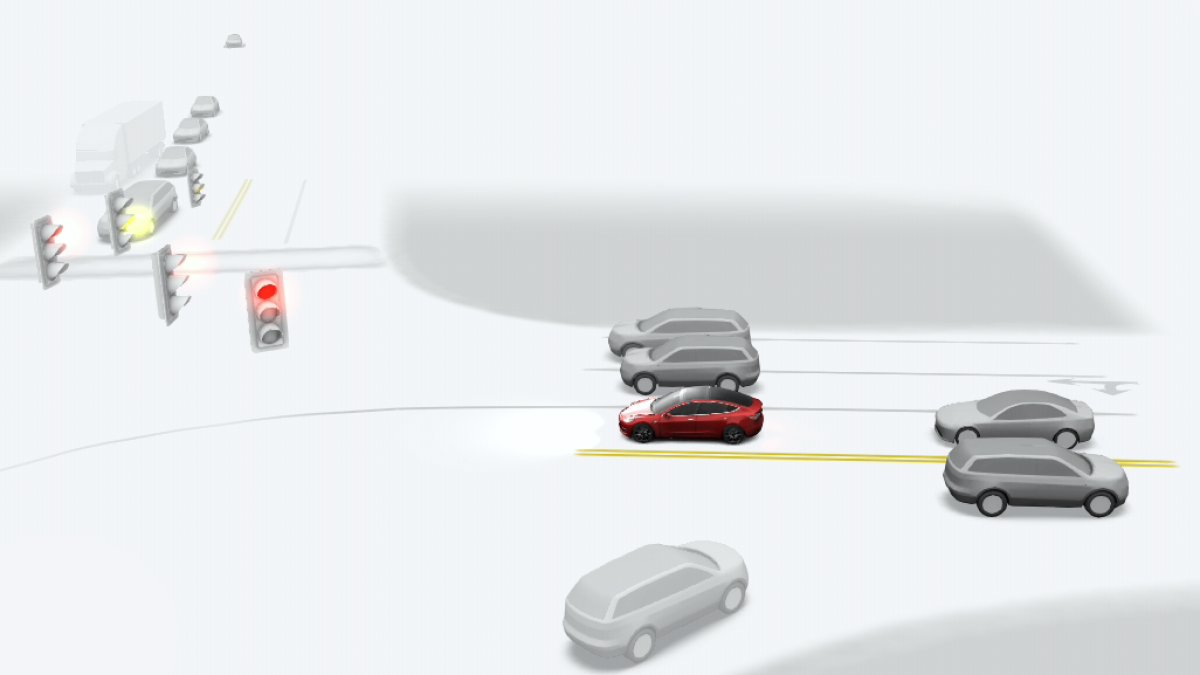
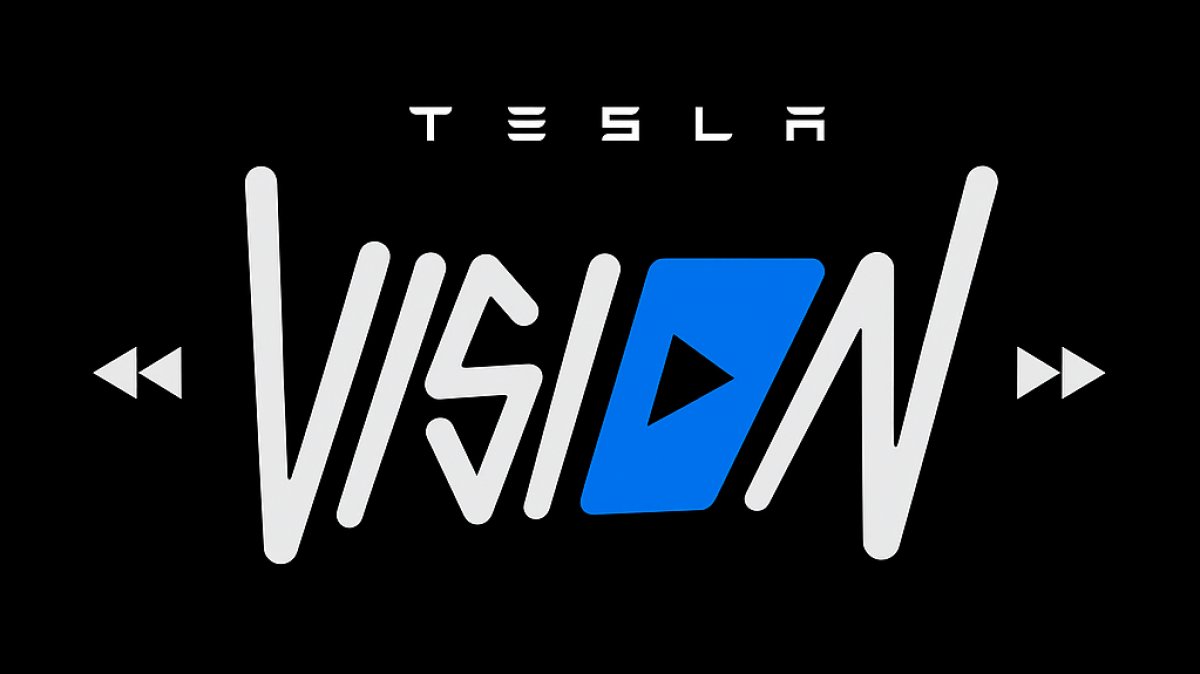

![Tesla Launches 'TeslaVision' Contest With Big Prizes — See Last Year’s Winner [VIDEO]](https://www.notateslaapp.com/img/containers/article_images/2025/tesla-vision.webp/0458df1c6ed085c427608f0cf762de64/tesla-vision.jpg)
![Tesla Officially Unveils New Model S and Model X: All the Changes [Photos]](https://www.notateslaapp.com/img/containers/article_images/2025/refresh_s_x_1.jpg/31a01e933ae496b97965b27db360f11b/refresh_s_x_1.jpg)
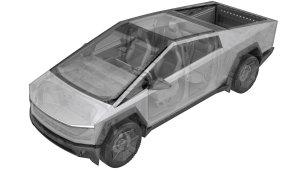
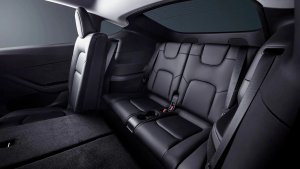
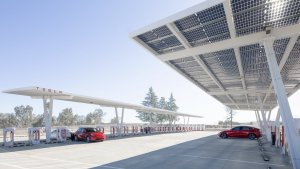
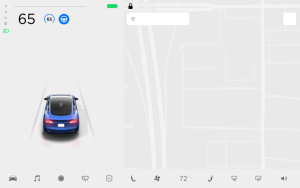
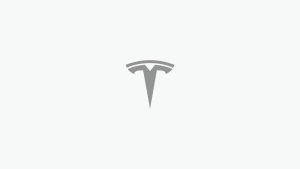
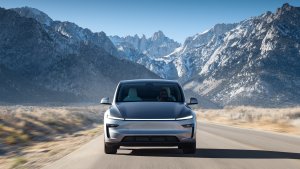
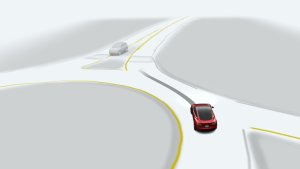
![Driverless Tesla Robotaxi Spotted on Camera in Austin [VIDEO]](https://www.notateslaapp.com/img/containers/article_images/robotaxi/robotaxi-public.webp/5ffd9ed0c2c7f9dbfee05decb1c19a2f/robotaxi-public.jpg)
![New Model Y Performance Hits Nürburgring -- Our Best Look yet at the Upcoming Performance Model [VIDEO]](https://www.notateslaapp.com/img/containers/article_images/model-y-2025/model_y_performance_front.webp/a1fc68836e87fa694d414637ec5278b5/model_y_performance_front.jpg)
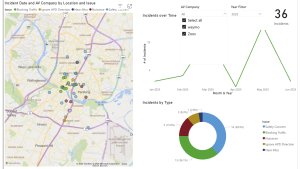
![Tesla Update 2025.20 Adds Multiple Camera Improvements [VIDEO]](https://www.notateslaapp.com/img/containers/article_images/tesla-screen/camera-toggle-wide.jpeg/cc9bd521da6a6d31af3812c1def70725/camera-toggle-wide.jpg)
